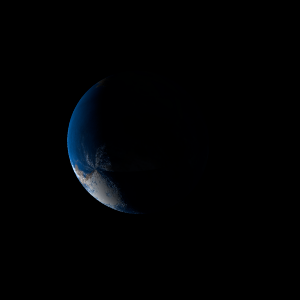|
|
Space Astro
|
Info for exoplanet "Hyupa"
| Scientific (actual) data |
|---|
| Name | Kepler-568 b |
| Planet status | Confirmed |
| Radius | 0.202 |
| Orbital period | 11.0235 |
| Discovered | 2016 |
| Updated | 2021-02-05 |
| Tconj | 2455000 |
| Publication | Announced on a website |
| Detection type | Primary Transit |
| Alternate names | 2MASS J19522536+4824041 b, K00478.01, KIC 10990886 b, KOI-478 b, KOI-478.01, WISE J195225.44+482405.4 b |
| Star name | Kepler-568 |
| Right ascension | 298.11° |
| Declination | 48.4° |
| Mag j | 11.804 |
| Mag h | 11.163 |
| Mag k | 10.963 |
| Star distance | 126 |
| Star metallicity | 0.11 |
| Star mass | 0.55 |
| Star radius | 0.53 |
| Star age | 5.89 |
| Star temperature | 3768 |
| Star alternate names | 2MASS J19522536+4824041, KIC 10990886, KOI-478, WISE J195225.44+482405.4 |
| Wikipedia article | Kepler-568 b |
Back
| |
| Fictional info (?) |
|---|
| Suggested name | Hyupa |
| Planet type | Cold planet |
| The molecular hydrogen has probably photodissociated, and the free hydrogen has been swept into interplanetary space by the solar wind because of the lack of a planetary magnetic field. |
| Atmosphere | Hydrogen | 37% |
| Neon | 30% |
| Molecular hydrogen | 20% |
| Formaldehyde | 13% |
| Argon | 0.26% |
| Atmospheric pressure | 0.9 bar |
 |
| Moon | Shikya Zohyo | Huge slightly egg-shaped ice asteroid |
| Henajiya | Huge round gaseous moon |
| Google search for Hyupa |
|
Website by Joachim Michaelis
|
|
|
|